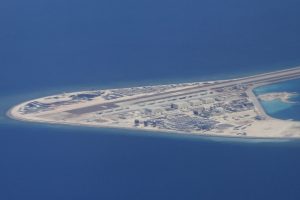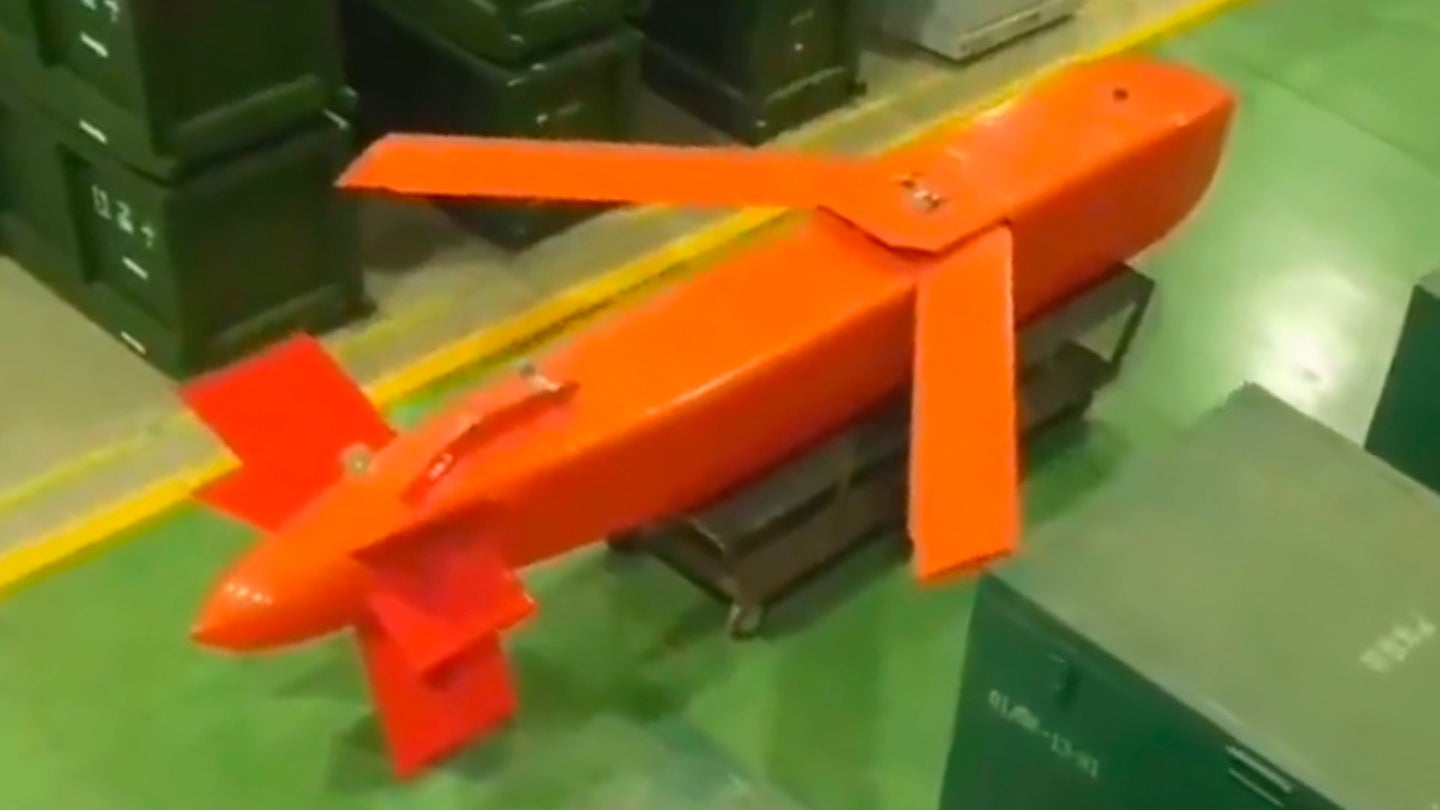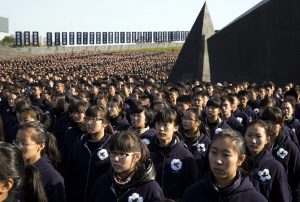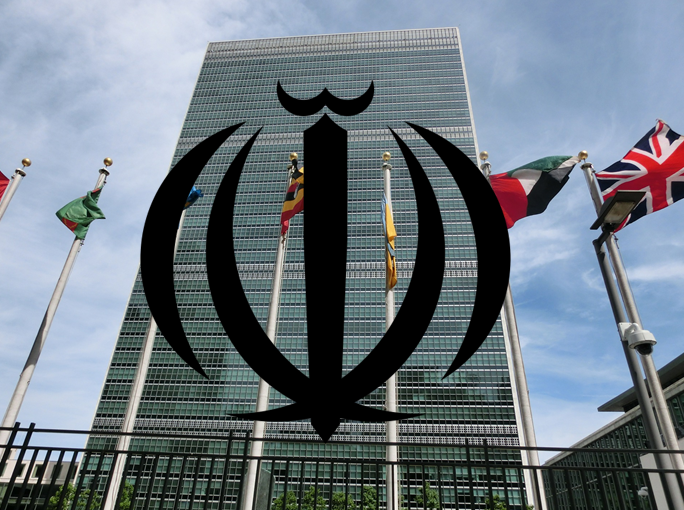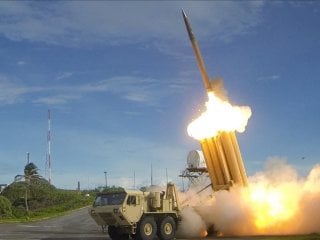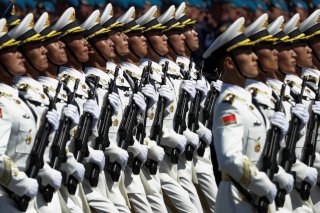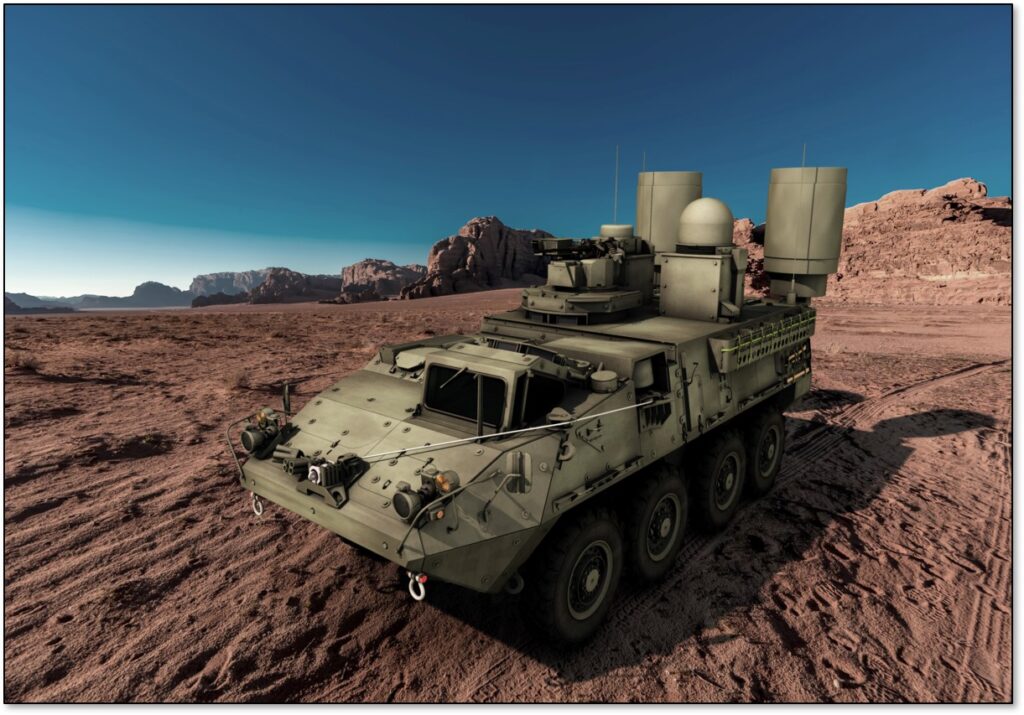Esther Care
“Knowing if you are happy from within or not is very important because, when your actions are driven from this state of happiness nothing seems to be a burden.” Manish Sisodia, deputy chief minister and minister of education, Delhi government.
Happiness means different things to different people. In a place where the majority of students in public education systems (government schools) are first generation learners, Delhi’s Happiness Curriculum is designed to strengthen the foundations of happiness and well-being for all students and change the relationship of the student with her teacher and school through a 35-minute class delivered every day for every student in kindergarten to grade eight across 1,030 schools in Delhi. Started in July 2018, the Happiness Curriculum is the first attempt of its kind to reimagine the classroom and the school for over 800,000 students.
In this strange time of discontinuities and uncertainties, education is more important than ever as we struggle to engage constructively with the world and its inhabitants. Our education systems—and our societies more broadly—must look beyond knowledge and facts, and address how to manage the experience of life.
